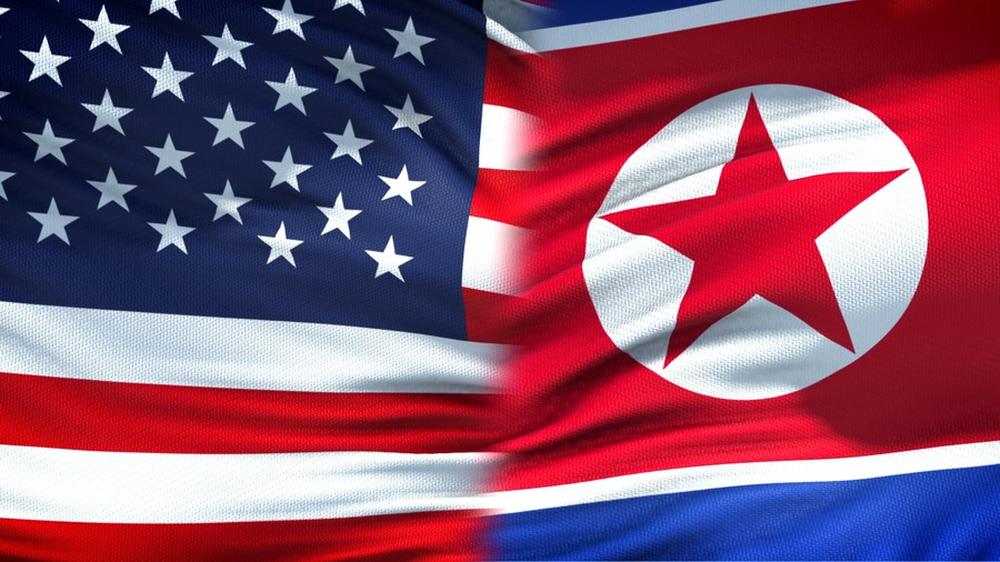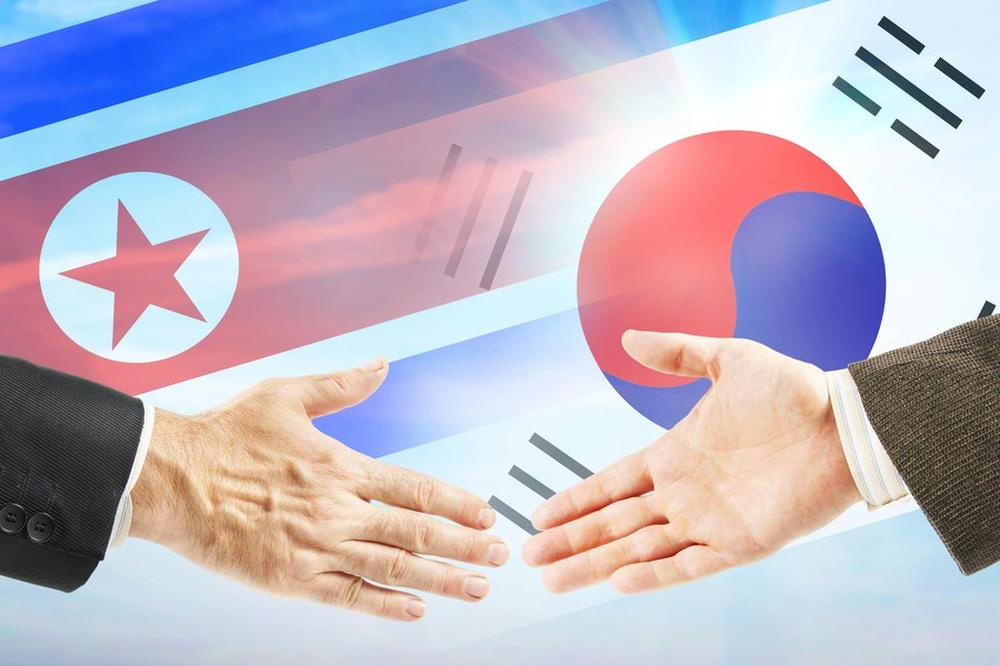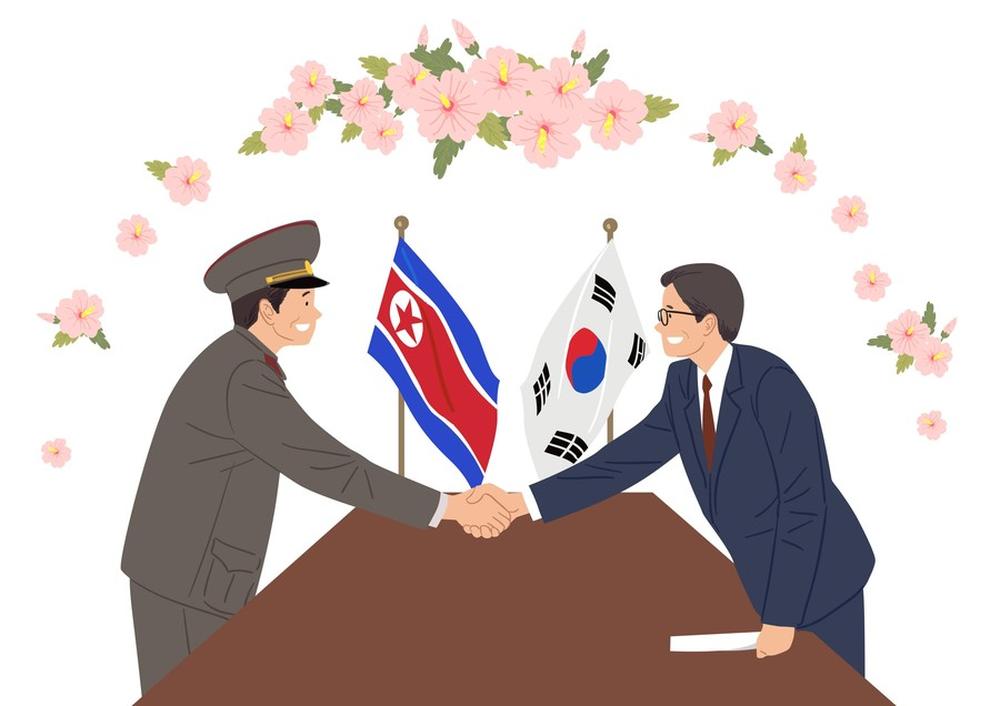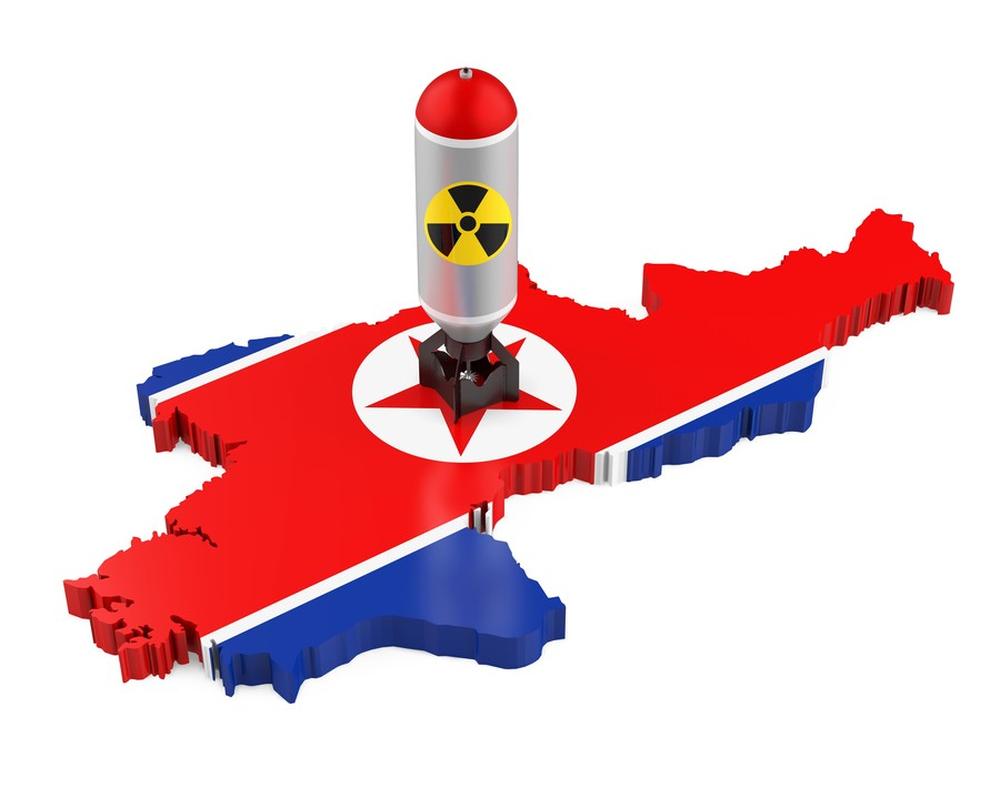- #Inter-Korean Relations
- #North Korea
- #US Foreign Policy

► Since the inauguration of the Biden administration that prioritizes diplomacy, hopes that the United States would respect Korea’s negotiating position and participate in forward-looking negotiations with North Korea have faded.
► The lack of significant change in U.S. policy stance towards North Korea has made President Moon to call for the end of war declaration in order to build some sort of trust between North Korea and the United States, and to restart the Korean Peninsula Peace Process.
► The Korean Peninsula Peace Process depends on the United States taking a future-oriented North Korea policy that could restore the trust needed to resolve the nuclear issue.
The Significance of President Moon’s Call for an End of War Declaration
Following the breakdown of the DPRK-US Hanoi Summit in February 2019 and the subsequent suspension of the Korean Peninsula Peace Process, President Moon Jae-in called for an “end of war declaration” during his UN General Assembly speech delivered on September 22. He had already suggested the end of war declaration twice at the UN General Assembly. This time, he said that the end of war declaration signed by ROK-DPRK-US or ROK-DPRK-US-China could be the harbinger of permanent peace and irreversible progress towards denuclearization on the Korean Peninsula. Foreign Minister Chung Eui-yong, who accompanied President Moon, met with his American and Japanese counterparts and, after agreeing to enhance trilateral cooperation, suggested that they should deal with North Korea “starting with humanitarian assistance, followed by the end of war declaration to build trust and consider lifting sanctions with snapback provisions depending on North Korea’s future behavior.”
Since the inauguration of the Biden administration that prioritizes diplomacy, hopes that the United States would respect Korea’s negotiating position and participate in forward-looking negotiations with North Korea have faded. Given that then-Vice President Biden was successful in negotiating settlements with Cuba and Iran during the Obama administration, there were expectations that he may take a bolder approach to deal with North Korea. However, he has chosen to take a bottom-up approach, rather than the top-down approach taken by President Trump. Moreover, by insisting that North Korea should return to the negotiating table without preconditions, it appears that he has followed the path already laid out by President Obama’s ‘strategic patience’.
Around the 2018 DPRK-US Singapore Summit, North Korea destroyed its nuclear test site, released three American hostages, returned the remains of American soldiers, dismantled its long-range missile launchers, and, to this day, has suspended its long-range missiles and nuclear tests. On the other hand, President Trump promised to normalize relations and establish a peace regime at the Singapore Summit but failed to deliver on his promise. After witnessing the United States’ failure in honoring its promises with Ukraine, Libya, and Iran over WMD disarmament, Kim Jong-un has come to view the United States as an unreliable counterpart, and has repeatedly emphasized that he will not return to dialogue until the U.S. withdraws hostile policies.
The lack of significant change in U.S. policy stance towards North Korea has made President Moon to call for the end of war declaration in order to build some sort of trust between North Korea and the United States, and to restart the Korean Peninsula Peace Process. If the United States once again hesitates to accept his proposal, resolving the North Korean nuclear problem or establishing a peace regime on the Korean Peninsula will be a difficult task.
North Korea’s Response
Feeling deceived by Trump, Kim Jong-un blamed South Korea—the moderator—and expressed his anger by blowing up the inter-Korean joint liaison office. Emphasizing economic self-reliance, the North has also invested significant effort in strengthening its military power in order to maintain the morale of the party, the military, and the people—but to a point where it does not threaten DPRK-US relations. Currently, North Korea is experiencing great economic difficulties as a result of last year’s crop failure caused by a series of devastating floods and droughts, a rigorous international sanctions regime, and the suspension of international trade brought on by COVID-19.
President Moon’s call for the end of war declaration was considered by North Korea as a strategic opportunity. It was an opportunity to save face and, similar to the scenario in 2018, once again allow South Korea to encourage the United States to make concessions amidst the DPRK-US deadlock. His proposal was also received favorably by China, a country that has been put in a difficult position because of the United States’ strategic offensive. Moreover, since peace on the Korean Peninsula is necessary for the successful hosting of next year’s Beijing Winter Olympics, China has welcomed President Moon’s proposal. As such, the diplomatic pressure is on the United States to make something of this opportunity. If the United States continues to take a passive approach, it could strain ROK-US relations and the North could criticize the U.S. as a non-peace pursuing power.
Kim Yo-jong responded by describing President Moon’s proposal as an “admirable idea.” She also disclosed specifics about how to improve inter-Korean relations, such as re-installing the inter-Korean joint liaison office and hosting an inter-Korean summit meeting. Finally, on September 29, at a session during the Supreme People's Assembly, Kim Jong-un announced the restoration of inter-Korean hotline and expressed his willingness to accept the end of war declaration proposal in exchange for mutual respect and the withdrawal of hostile and “double standard” policies of the United States.
The United States’ Position
Ironically, George W. Bush – known for his unilateralist foreign policy approach – was the first leader to mention the idea of declaring an end to the Korean war. After his meeting with President Roh Moo-hyun in Hanoi in November 2006, President Bush suggested this idea. President Roh actively supported President Bush’s proposal in order to add momentum to efforts at achieving denuclearization and establishing a peace regime. However, interpreting the end of war declaration as being equal to signing a peace agreement, President Bush argued that denuclearization must come first before the end of war declaration. In the process, he dismissed the fact that the two Korean leaders had already agreed to declare an end to the Korean War during the 2007 inter-Korean summit meeting. In 2018, President Moon Jae-in and Chairman Kim Jong-un met in Panmunjeom and agreed once again to the declaration. President Trump, even after making a verbal agreement with Chairman Kim on this matter in Singapore, changed his mind and asked North Korea to commit to denuclearization first and reneged on his promise.
In the early 2000s, North Korea said that it would give up its nuclear weapons if the United States signed a non-aggression treaty and the treaty was ratified by the Senate. However, the United States ignored the North’s proposal. The inter-Korean summit meeting in June 2000 had set the tone for reconciliation and cooperation. In July 2002, then-Japanese Prime Minister Koizumi visited North Korea during which Kim Jong-il offered an apology for the abduction issue. It seemed like DPRK-Japan relations were also moving towards normalization. However, in early October, U.S. Assistant Secretary of State John Kelly visited Pyongyang and raised suspicions about North Korea’s uranium enrichment program, which had led to the second North Korean nuclear crisis. In 2008, when North Korea’s engagement to disable its nuclear facilities had progressed more than 80%, the United States suddenly demanded rigorous inspections, but North Korea refused. This eventually signaled the end of the Six-Party Talks and North Korea’s nuclear threat became even more serious.
To sum up, the size of the U.S. economy is 600 times bigger than that of the North and it has 200 times more nuclear weapons. The United States has declared that resolving the North Korean nuclear issue tops the U.S. foreign policy agenda. In reality, however, it seems that the United States places less priority on the North Korean nuclear issue. It appears that America’s utmost priority is to maintain hegemonic influence in Northeast Asia and to counter China’s rise. The United States has shown a passive attitude toward the prospect of a peace agreement as well as the end of war declaration.
In order to address American concerns, President Moon met with Kim Jong-un in September 2018 in Pyongyang and signed the inter-Korean military agreement that significantly reduced the possibility of accidental military clashes and opened the door for DPRK-US negotiations. President Moon then declared that Kim Jong-un had acknowledged that the end of war declaration would in no way adversely affect the U.S. Forces in Korea, the ROK-US alliance, or the United Nations Command. However, the Trump administration did not respond and the Biden administration is only willing to discuss the possibility of signing an end of war declaration.
Prospects and Challenges for Korean Diplomacy
Korea’s call for an end of war declaration was received positively by China and, albeit conditionally, North Korea has also agreed to it. Therefore, whether the declaration will be made or not depends on the United States’ future position. In 2005 during the Six-Party Talks, China first drafted the joint statement, which was signed by Russia, Korea, North Korea, and Japan. The United States did not want to be blamed for the failure to produce an agreement, so the country eventually signed the September 19 Joint Statement. History could repeat itself again.
However, Assistant Secretary of State Chris Hill at the time showed reservations about providing light water reactors. Three days prior to the signing of the joint statement, the U.S. Treasury department imposed sanctions on North Korean accounts in Macao’s BDA, which compromised the joint statement from the very beginning. One year later, North Korea conducted its first nuclear test. Even if an end of war declaration is agreed, if one side introduces a considerable obstacle or shows reservation about a critical issue, it will be difficult to restart the Korean Peninsula Peace Process.
The Korean government must now convince a passive American government, as this could be the last chance to resolve the North Korean nuclear issue in a peaceful manner. Also, it must encourage the North Korean regime to publicly acknowledge that the end of war declaration will not adversely affect the U.S. Forces in Korea, the ROK-US alliance, and the United Nations Command.
The Korean Peninsula Peace Process depends on the progress of the North Korean nuclear problem. The United States – a country that far outpaces North Korea in terms of military power – should take a future-oriented North Korea policy that could restore the trust needed to resolve the nuclear issue.
First, the United States and South Korea must actively implement their agreement on humanitarian assistance to North Korea including providing vaccines, medical and food supplies. It is time for us to seriously consider partially lifting sanctions to bring back North Korea to the negotiating table. A snapback mechanism would be a feasible option to make sure that the U.S. is not deceived again by North Korea. Moreover, in order for DPRK-US denuclearization negotiations to take place smoothly, a hybrid approach—as suggested by former commander of U.S. Forces in Korea Vincent Brooks—that combines a bottom-up approach and a top-down approach must be implemented. Negotiations must also seek to completely restore the Korean Peninsula Peace Process, along with improvements in inter-Korean and US-DPRK relations, by guaranteeing the security of the North Korean Regime and offering economic aid such as long-term interest-free development fund.
Chancellor Hyunik Hong is currently head of the Korea National Diplomatic Academy. From 1997 to 2021, he served as Senior Research Fellow at the Sejong Institute's Department of Security Strategy Studies, where he was director from 2015 to 2016. Chancellor Hong has held numerous other governmental positions as well, most notably as member of the Policy Advisory Committee of the Joint Chiefs of Staff, member of the Policy Advisory Committee of the Office of National Security, member of the Advisory Committee of Diplomacy Activity at the National Assembly, and member of the Inter-Korean Relations Development Committee at the Ministry of Unification. He received his B.A. in International Relations from Seoul National University, M.A. in Political Science from Seoul National University, and Ph.D. in Political Science from the University of Paris.


